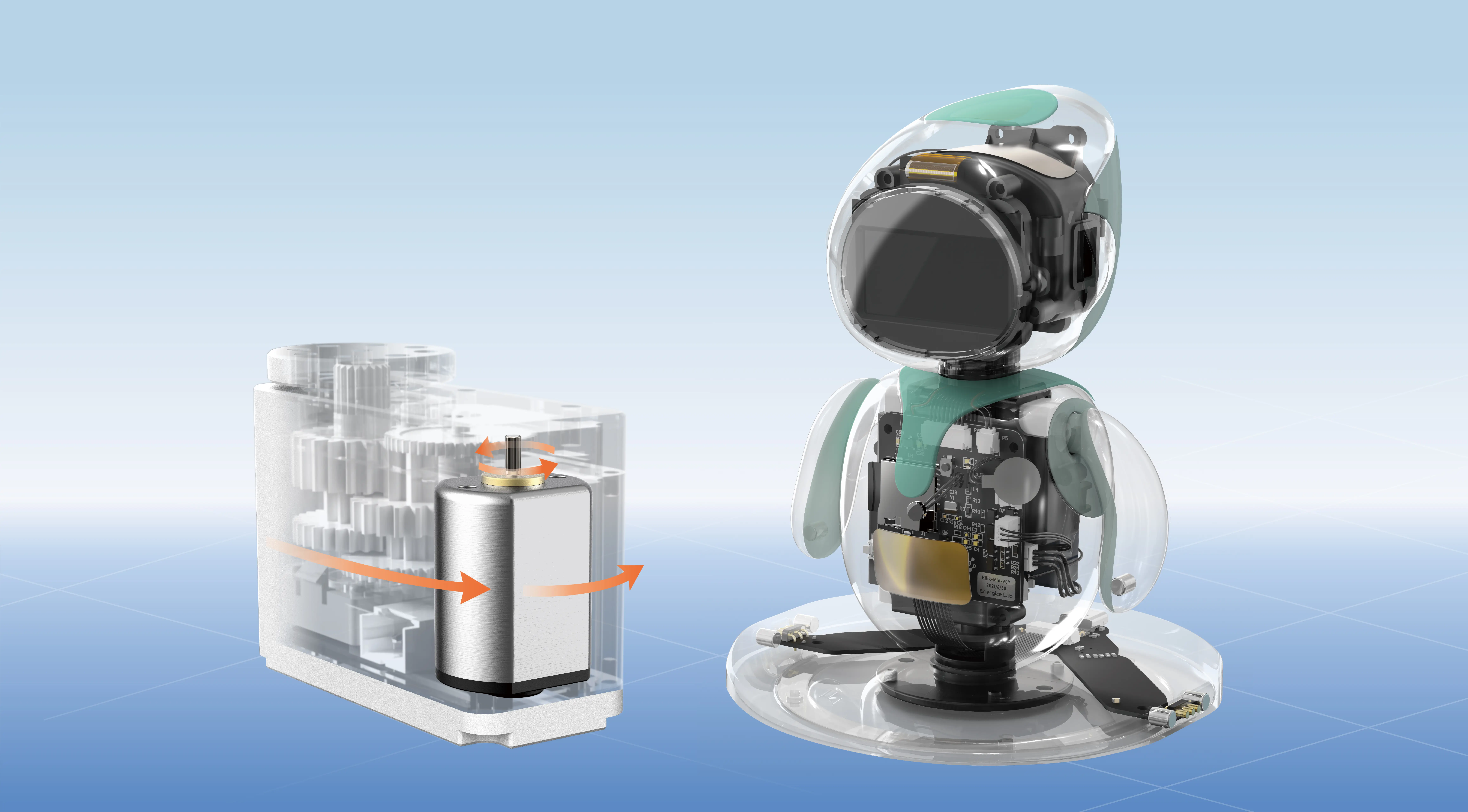Revolutionizing Comfort and Control: The Role of Servo Motors in Smart Home Automation
In the rapidly evolving world of home automation, technology continues to push boundaries, offering homeowners unprecedented levels of convenience, security, and energy efficiency. Among the myriad components powering these intelligent systems, servo motors stand out as a pivotal technology, quietly transforming how our homes operate. To truly appreciate their significance, let’s journey into understanding what servo motors are—and how they are seamlessly integrating into the fabric of modern living.

What are Servo Motors?
At their core, servo motors are specialized rotary or linear actuators controlled by feedback mechanisms. Unlike conventional motors that run continuously at a set speed, servo motors can precisely position, speed, and accelerate to specific targets based on signals received from a control system. This precision makes them invaluable in applications that demand exact movement or positioning.
A typical servo motor comprises a motor coupled with a sensor (usually an encoder or resolver), a control circuit, and a feedback loop. This cybernetic dance allows the motor to adjust its actions in real time, maintaining accuracy even under variable loads or conditions. The term “servo” stems from the Latin word “servus,” meaning “slave,” indicative of how these motors obey commands with dedicated precision.
The Rising Significance in Smart Homes
In smart home environments, automation isn’t just about flipping switches or voice commands—it's about creating dynamic, responsive spaces that adapt to our needs seamlessly. This is where servo motors shine. Their ability to execute precise movements makes them ideal for a variety of home automation tasks—from motorized blinds and adjustable lighting to robotic security systems and even automated kitchen appliances.
Transforming Everyday Convenience
Imagine waking up to a home that gestures perfectly, opening your blinds, adjusting the lighting, and preparing your coffee—all orchestrated flawlessly without lifting a finger. The secret behind this choreography often involves servo motors, which enable smooth, controlled movements in these smart devices.
For instance, motorized blinds equipped with servo motors can be programmed to adjust according to the time of day, sunlight intensity, or even your mood, ensuring your home’s ambiance is always just right. Similarly, intelligent HVAC systems deploy servo-driven dampers and vents to optimize airflow, contributing to energy efficiency while maintaining comfort.
Enhanced Security and Safety
Security is another crucial domain where servo motors play a pivotal role. Automated security cameras with pan-and-tilt functions leverage servo motors for rapid, precise directional adjustments, ensuring comprehensive surveillance coverage. Likewise, robotic cleaning devices and smart locks often incorporate servo mechanisms to perform complex motions—like unlocking doors or navigating tight corners—seriously enhancing safety and convenience.
Precision in Home Entertainment
Even entertainment systems are benefiting from servo technology. Automated projectors, adjustable TV mounts, and speaker positioning systems employ servo motors for smooth, silent adjustments, creating immersive experiences for the user. This level of control enhances not only viewership but also the aesthetic appeal, blending technology seamlessly into interiors.
How Do Servo Motors Power Smart Devices?
The magic hinges on the integration of servo motors with intelligent control systems—such as microcontrollers, sensors, and wireless communication modules. These control systems constantly monitor parameters and send commands to the servo motors, which in turn execute movements with pinpoint accuracy.
The control algorithms, often based on PID (Proportional-Integral-Derivative) controllers, ensure that the servo motor movements are smoothly executed and precisely aligned with the user's preferences or environmental cues. This close-loop control architecture ensures reliability and adaptability, even as conditions change.
Advances Amplifying Servo Motor Capabilities
Recent innovations in materials, miniaturization, and communication protocols have expanded the potential uses of servo motors in smart homes. For example, brushless servo motors provide higher torque and energy efficiency, making them suitable for larger or more demanding applications.
Wireless integration through Wi-Fi, Zigbee, or Bluetooth allows remote control and real-time adjustments, enabling homeowners to automate or manually fine-tune their systems from anywhere. Moreover, modular designs and low-cost manufacturing have made servo motors more accessible, paving the way for widespread adoption.
Designing Smarter, Greener Homes
As homes aim to become more energy-conscious, servo motors contribute significantly to reducing waste. Automated window systems can be programmed to open or close based on weather forecasts, while smart irrigation systems use servo-mechanized valves to optimize water use. This precision control minimizes resource consumption, aligning home automation with sustainable living principles.
The Future is Precise and Personalized
Looking forward, servo motors are poised to underpin even more advanced home automation innovations. Developments in AI and machine learning will enable these motors to anticipate our needs, adjusting environments proactively rather than reactively. From personalized climate control to AI-driven security patrols, servo technology will be at the heart of these experiences.
Additionally, the miniaturization trend will see servo motors embedded into everyday objects—clothing, furniture, and kitchenware—creating a truly interconnected, responsive living environment. As electric vehicles and renewable energy sources become household staples, servo motors will contribute to the efficient operation of energy storage and management devices within a smart home.
Kpower has delivered professional drive system solutions to over 500 enterprise clients globally with products covering various fields such as Smart Home Systems, Automatic Electronics, Robotics, Precision Agriculture, Drones, and Industrial Automation.




































